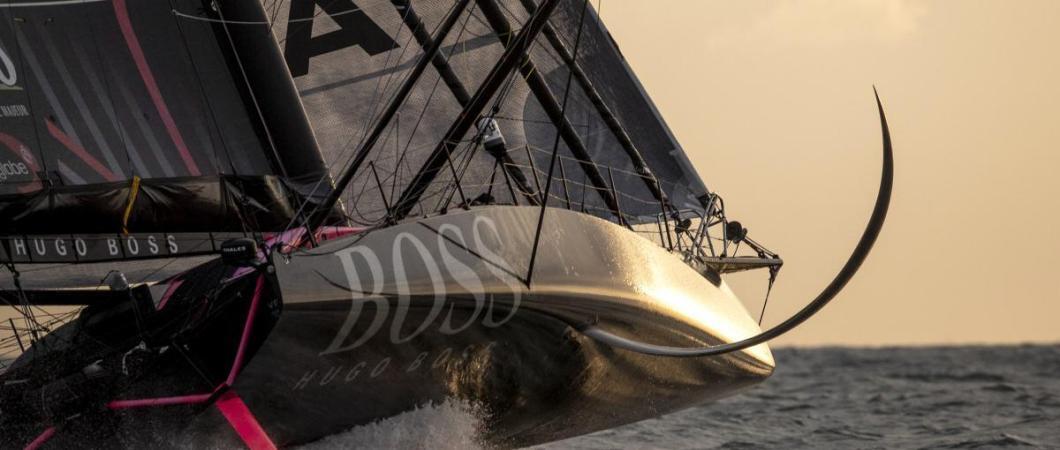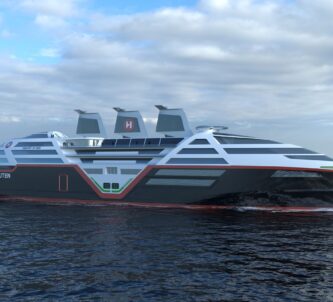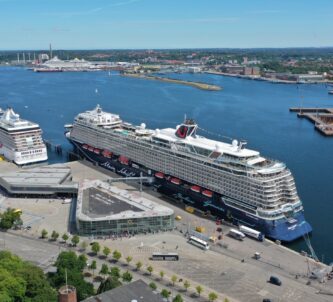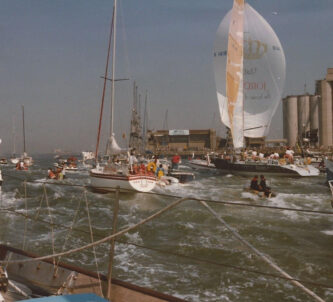When 33 single-handed yachtsmen and women set off from Les Sables d’Olonne in France tomorrow, to race non-stop around the world for the Vendée Globe trophy, there’s a good chance they will do so quicker and safer than ever before.
That will be down to state-of-the-art technology on their boats, which has leapt forward in the four years since the last race.
The Vendée Globe is considered the greatest sailing race round the world, solo, non-stop and without assistance. The event has its roots in the Golden Globe race which was the first circumnavigation of this type via the three capes (Good Hope, Leeuwin and Horn) in 1968. Only one out of the nine pioneers who had set off in 1968 succeeded in crossing the finish line. After 313 days at sea, British sailor Robin Knox-Johnston finally reached his goal. Twenty-one years later, thirteen sailors took the start of the first Vendée Globe race which lasted over three months. Only seven returned to Les Sables d’Olonne. Over eight “editions” of the Vendée Globe, only 89 of the total 167 have managed to cross the finish line.
Despite the extreme difficulty of this epic race, in which uber-resilient skippers are faced with freezing cold, gigantic waves and extreme workloads, the boats have got faster and faster. Armel LeCléac’h, who won the last race in 2017, did so in just 74 days! And a few days ago, Alex Thomson skipper of Hugo Boss, suggested that this time the winner could be home in “between 59 and 70 days depending on the weather”.
The boats of the Vendée Globe all measure 18,28 m long (60 feet). The IMOCA 60 class rules (set by the International Monohull Open Class Association) allow designers to create some of the most powerful single-crew monohulls on the planet. With a large sail area, they can travel at 30+ knots in downwind conditions.
The IMOCA class rules had a major update before the 2016 edition. A standardised keel, a choice between two masts (conventional or wing-mast), a limited number of appendices and ballasts, are now imposed on new boat designs. But the biggest novelty was without doubt the addition of foils, these appendices which allow the hull to lift in upwind conditions. This saves a lot of drag (water friction) and allows better performance. The Vendée Globe 2016/2017 proved the effectiveness of this equipment.
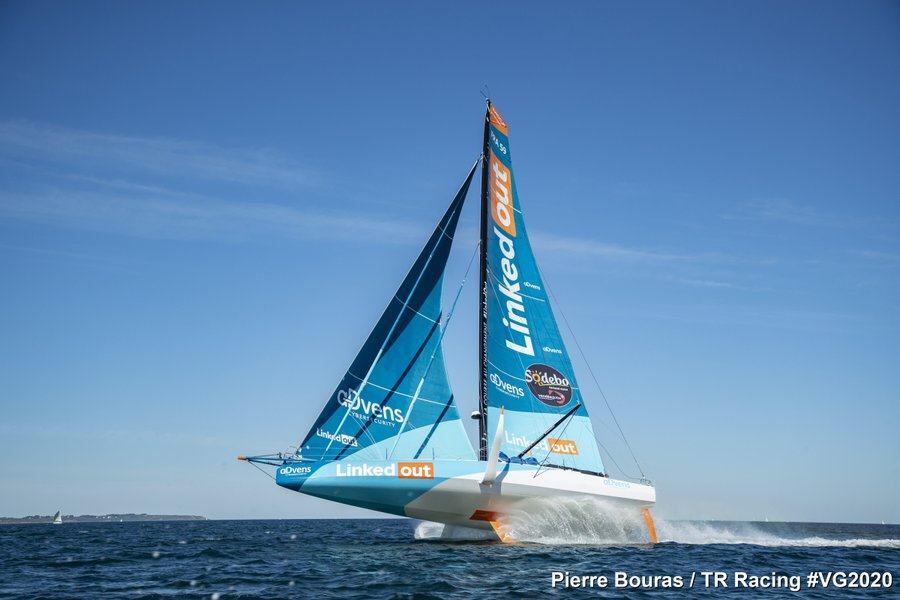
This year many of the boats will have foils and their speeds on all points of sail have increased thanks to major innovations in three main areas: foils, data, and skippers’ safety…
Foils are up to three times larger than the ‘chicken wings’ of 2016-7
“The obvious evolution of foils is in their size. Four years ago we were just in the early stages of these new appendages. But the surface areas have changed a lot. In the end it is logical that, as with every Vendée Globe cycle, speeds increase and so everything progresses. Autopilots, data sensors and closed cockpits, everything is targeted at delivering or living with more speed. But at these speeds, the boats are transmitting big slams and shocks and the skippers have to adapt to this extreme level of discomfort,” explains last year’s winner, Armel Le Cléac’h.
The new generation foils can lift the hulls to “fly” in as little as 12 knots of wind. And since the last edition, the IMOCA class has also allowed the foil to now rotate up to five degrees: in the horizontal plane. “This is a major change to go faster upwind which was not the case before,” emphasizes Antoine Mermod, president of the IMOCA class.
Sensors for reliability and performance
Fiber optic sensors have been installed on all elements that are under stress to transmit vital information to the skipper’s data centre. Sébastien Josse who works with skipper Nicolas Troussel (Corum L’épargne) explains the benefits: “The real secret of success on this race is the skipper setting his or her level, the ‘cursor’ in the right place. Maintaining high average speeds over a long time while staying within accurately measured chosen limits is now possible because of the sensors. Thanks to the fibre optics, the skipper knows the dynamic loads instantly and for example the deformations of the foil or the slamming loads on the hull. Nothing is left to chance, the teams are getting more and more sophisticated. On board foilers, the Vendée Globe is now as much about rapid data collections and processing as it is about sail and foil shapes.”
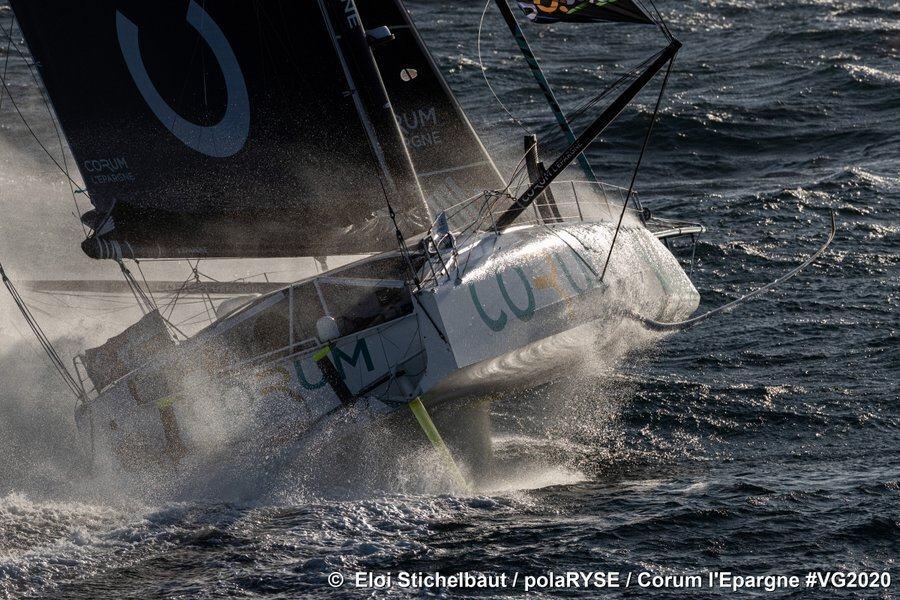
On board Alex Thomson’s Hugo Boss, 350 sensors are distributed throughout the boat, from the rudders to the hull, including the rigging and foils. Knowing that alarms are triggered if the thresholds are reached, especially where rig loads are concerned. The one design rigs on all the modern foiling IMOCAs are considered to be the weak link, by design, which limit the righting moment power which can be utilised.
Artificial Intelligence helps Autopilots to drive the boats better
Data collection, processing, machine learning along with advanced algorithms has made it possible to significantly develop the autopilots. While the autopilots do most of the work in a 24-hour cycle, skippers have had to take over when they can and hand-steer for maximum sailing efficiency. Now the autopilots are getting smarter.
Thanks to the sensors, the autopilots understand the boat’s movements, detect yaw, pitch and roll. As the speed of the boats has increased considerably, the way of sailing has changed: the pilot now manages the course keeping the apparent wind angle and speed more constant and has learned to anticipate what the boat needs to maintain this optimum speed and angle, taking care of keeping the boat in flight, while the skipper concentrates on the adjustments. A new application of advanced artificial intelligence makes the level of work and interaction required – trimming sails and foils – by the skipper manageable rather than impossible.
Safer boats mean safer sailors
Might the image of the weather-beaten, salt encrusted race finisher be a thing of the past? The fast foiling skipper will now come ashore having spent most of their time fully protected, spending much more time ‘indoors’ than on deck.
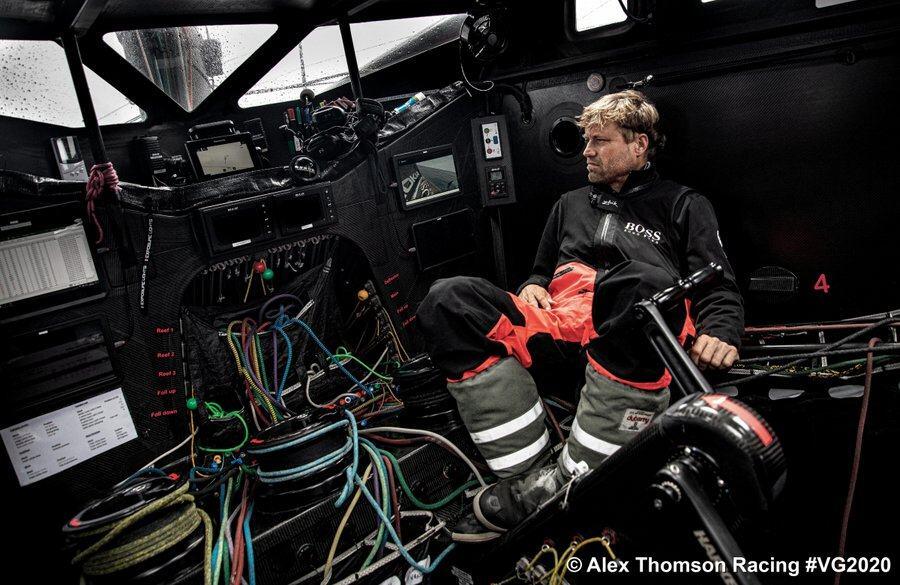
Yann Eliès, who came fifth place in the Vendée Globe in 2016, highlights the difference: “Alex Thomson has gone to the extreme of this concept by having the living and working area inside. He watches the sails and the sea on screens thanks to a battery of on-board cameras. There is no real feeling of wind and spray anymore. It’s quite disturbing though!”
Whales, trees, and cargo containers (that get washed off container ships and float low in the water) have always been a threat to ocean yacht racers and caused many breakages and retirals. Some new systems have been developed to reduce the chances of hitting OFNIS (unidentified floating objects) or cetaceans.
Oscar is a box installed at the top of the mast comprising three cameras, two of which are thermal cameras linked to an advanced artificial intelligence programme, making it possible to detect an object measuring from 4 to 150 m up to 600 m in front of the boat. On this ninth edition of the Vendée Globe 18 IMOCAs are equipped with it.
The Pinger system, a whale repellent, is in the process of being developed for ocean racing. Three skippers have it on the keels of their boat.
And on-board communications have further improved with new, more reliable antennas and above all better packages. Contact with land is therefore easier even if some don’t wish to use it much.
Sleep and energy levels are measured and optimised
At higher than ever speeds, a skipper’s sleep and physical condition are inevitably linked to their sustained levels of performance. Some skippers and their teams are keeping a close watch.
Thomas Ruyant (LinkedOut) has a belt which constantly collects data such as his pulse and heart rate during the race. The objective is to find a measure which reveals the level of fatigue and the need for recovery.
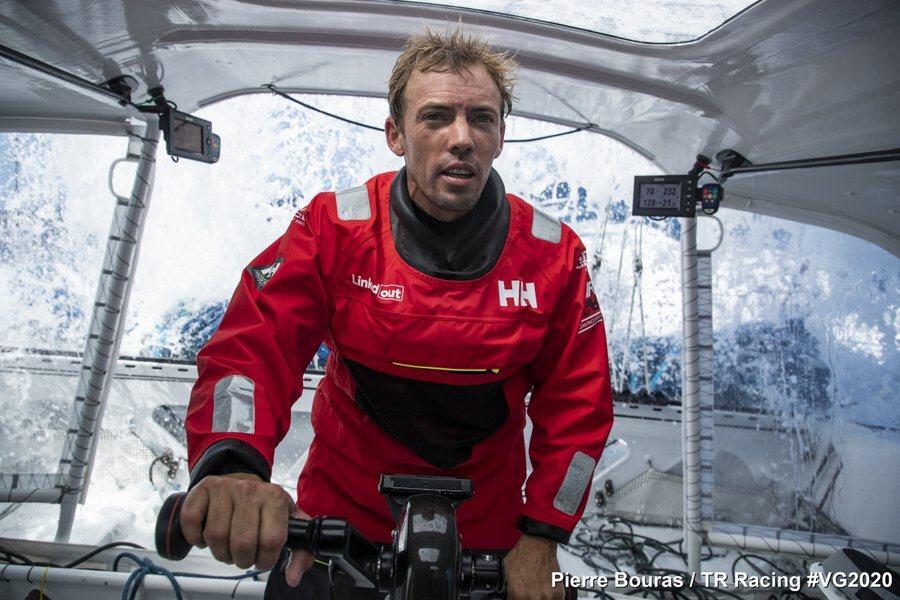
Similarly, Alex Thomson uses portable devices and sensors to analyze his physical and mental state in real time, as others do, trying to ensure the skipper does not drop into the mental and physical red zone when performance slumps, mistakes happen and decision making is compromised.
Man & machine v. the sea
Ultimately it’s not the tech that wins endurance races like this. It’s the sailors. Tech certainly helps, as long as it can stand up to the elements, but when you are cold, tired and alone in the Southern Ocean battling through icy, whistling winds and foam-flecked breakers, it’s not AI, fibre-optic sensors, or carbon-fibre foils that you’ll most rely on – it’s you.
Bon Chance and Bon Voyage to all entrants!
How to follow the Vendée Globe start
The race starts from Les Sables d’Olonne on France’s Atlantic Coast, this Sunday (08 Nov) at 1302hrs French time/1202hrs TU (Universal Time, currently the same as GMT).
Live coverage starts from 0655hrs TU.
TV Channels include…
Eurosport Player (54 Territories); Olympic Channel (190 territories); France 24 (190 territories); BT Sport 1
Perhaps easier though is the Vendee Globe Facebook page and Youtube Channel.
Also, if yours is a casual interest, my girlfriend will be posting occasional updates on the race on her blog, Mary Annes France #justsayin !

